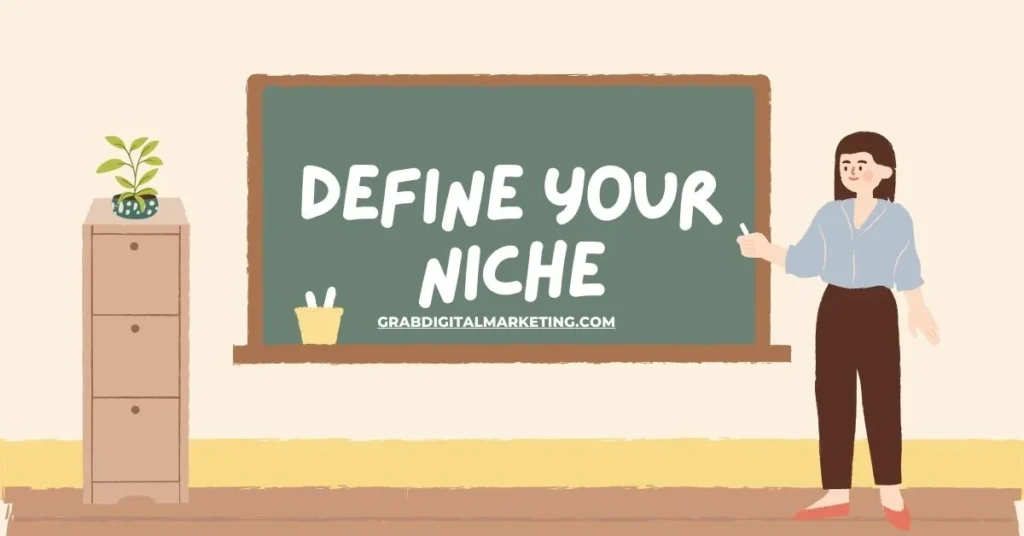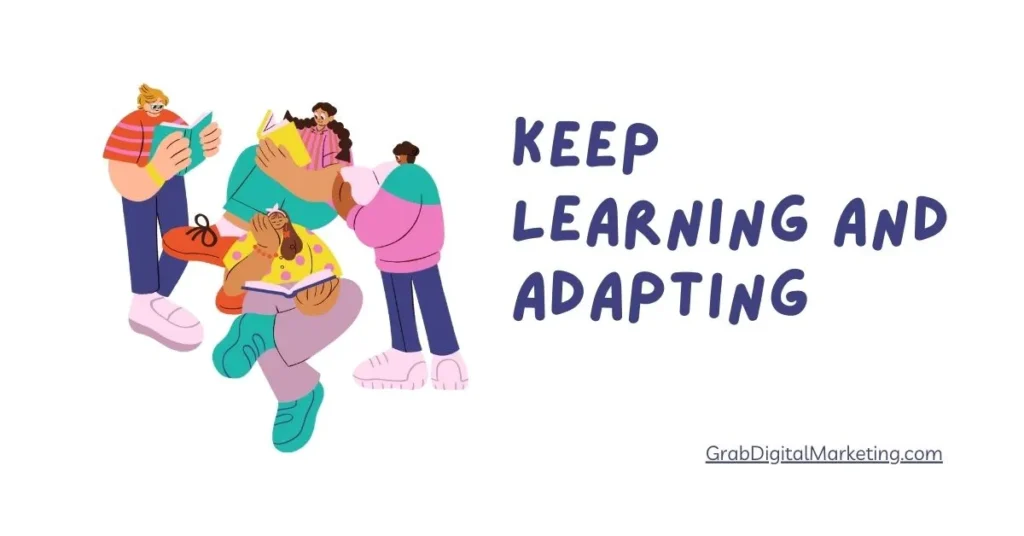How to do Freelance Digital Marketing?
Freelance digital marketing offers flexibility and independence, allowing professionals to work with multiple clients and industries. To start, build expertise in areas like SEO, social media marketing, content creation, and paid advertising. Create a portfolio showcasing your skills and past work to attract clients. Networking is crucial—engage with industry professionals on LinkedIn, attend webinars, and join freelance platforms like Upwork or Fiverr. Set competitive pricing based on market rates and your experience.
Table of Contents
Build Your Skills

- Learn the fundamentals of digital marketing, including SEO, content marketing, social media marketing, email marketing, and PPC (Pay-Per-Click) advertising.
- Platforms like Google Digital Garage, Coursera, and HubSpot Academy offer free and paid courses.
- Stay updated on marketing trends and tools like Google Analytics, Ahrefs, Canva, and Hootsuite.
Building your skills is key to personal and professional growth. The future of work demands adaptability, making continuous learning essential. Online courses, certifications, and workshops offer structured learning, while self-study through books, podcasts, and articles broadens perspectives. Practical application solidifies knowledge—working on real-world projects or internships enhances expertise. Soft skills like communication, leadership, and problem-solving are equally vital, complementing technical abilities.
Create a Portfolio

Creating a portfolio is one of the best ways to showcase your work, skills, and personal style—whether you’re a student, freelancer, artist, designer, content creator, or job seeker. Think of it as your professional highlight reel. Instead of just telling people what you can do, your portfolio shows them. It’s proof of your talent, creativity, and experience, all in one organized space. The first step to creating a strong portfolio is deciding what kind of work you want to highlight. This depends on your field and goals. If you’re a graphic designer, your portfolio might include logos, website mockups, posters, or branding projects. If you’re a writer, it could be articles, blog posts, social media copy, or storytelling samples.
Define Your Niche

- Decide whether you want to focus on specific industries (like e-commerce, health, or education) or platforms (like Instagram or LinkedIn marketing).
- Specializing can make you stand out in the crowded freelance market.
Defining your niche simply means figuring out exactly what you do and who you do it for. Instead of trying to reach everyone, you narrow your focus to a specific area where you can stand out, offer value, and connect with the right audience. It’s like choosing a lane instead of trying to drive on every road at once. For example, instead of saying “I make videos,” defining your niche could sound more like “I create budget travel vlogs for solo female travelers,” or “I make tech reviews focused on beginner-friendly gadgets.
Find Clients

- Use platforms like Upwork, Fiverr, Freelancer, or LinkedIn to connect with potential clients.
- Pitch your services directly to local businesses or startups that could benefit from an online presence.
- Leverage social media to showcase your work and attract clients.
Set Your Rates

- Research market rates to decide whether you’ll charge hourly, per project, or on a retainer basis.
- Start modestly, and as you gain more experience and results, you can increase your rates.
Setting your rates—whether you’re a freelancer, content creator, designer, or offering any kind of service—can be tricky. You don’t want to charge too much and scare off potential clients, but you also don’t want to charge too little and end up overworked and underpaid. The key is finding that sweet spot where your rates reflect the value you bring, cover your time and expenses, and still attract the right clients. Start by thinking about what your time is worth. Ask yourself: How many hours will this project or service take? Don’t just count the obvious stuff like shooting a video, designing a logo, or writing an article.
Establish a Strong Online Presence

- Create a professional website showcasing your portfolio, testimonials, and services.
- Maintain active social media profiles, especially on platforms where your target audience spends time.
Deliver Outstanding Results
- Communicate clearly and consistently with your clients.
- Always go above and beyond to provide value, as satisfied clients will often bring you referrals.
Delivering outstanding results requires a mix of strategy, commitment, and continuous improvement. Setting clear goals and defining success metrics ensures focused efforts. Efficiency plays a key role—prioritizing tasks, managing time effectively, and leveraging technology for productivity boosts performance.
Keep Learning and Adapting

- The digital marketing landscape is ever-evolving, so continuous learning is key.
- Experiment with new tools and strategies to stay ahead of the curve.
No matter what field you’re in—whether you’re a content creator, freelancer, entrepreneur, or working a traditional job—one of the most important things you can do for long-term success is to keep learning and adapting. The world is constantly changing. New tools come out, trends shift, platforms update, and the way people interact with content or services evolves. If you’re not learning, you’re falling behind. But if you stay curious and flexible, you’ll always be ready to grow and improve. Learning doesn’t have to mean going back to school or getting a certificate. It can be as simple as watching tutorials, listening to podcasts, reading articles, or trying out a new app or technique.

